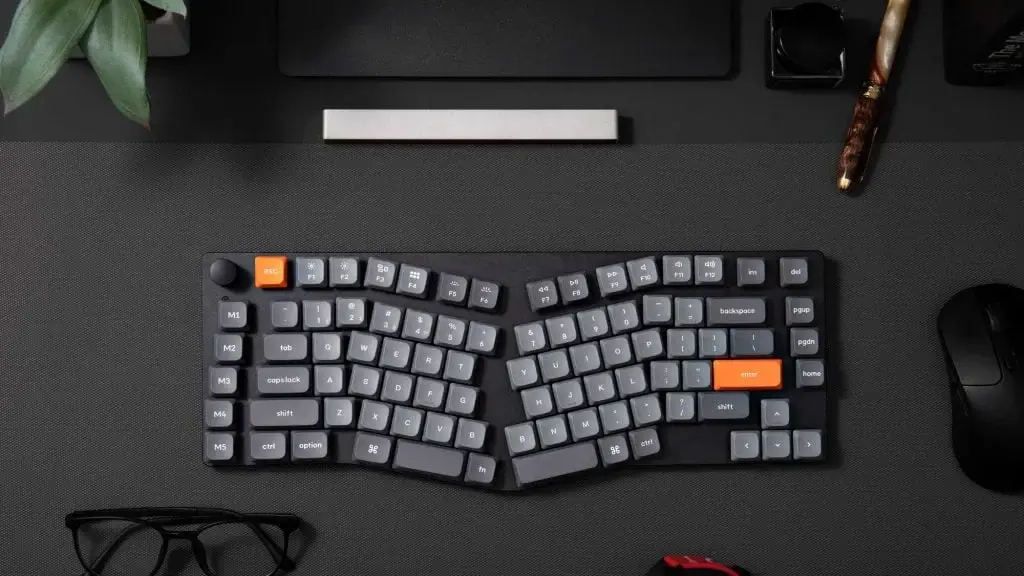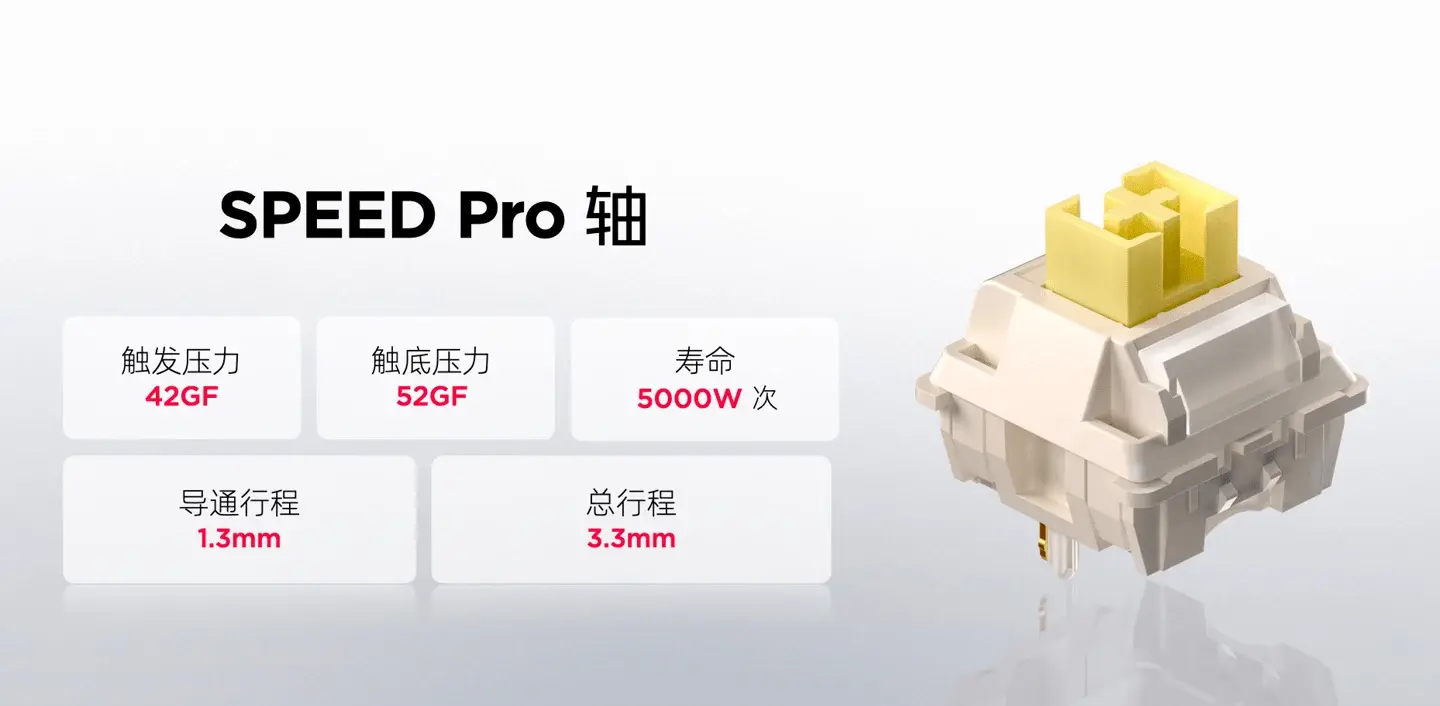QCY has introduced its newest true wireless earbuds, the MeloBuds Pro, which feature adaptive active noise cancellation (ANC). Priced at 199 yuan ($27), these earbuds are now available for pre-order on JD.com. Let’s delve into their main specifications.
Key Specifications of QCY MeloBuds Pro
The QCY MeloBuds Pro is equipped with adaptive ANC capable of reducing noise by up to 46dB. This technology smartly adjusts the noise cancellation level according to your environment, ensuring top-notch performance in different settings.
These earbuds also come with Hi-Res audio certification and the LDAC audio transmission protocol. LDAC can support bitrates up to 990kbps and a high sampling rate of 96kHz/24bit, promising a rich and immersive audio experience. However, it’s essential to note that for LDAC to function, both the earbuds and the playback device must support the technology. Additionally, using LDAC may lead to increased power consumption and shorter battery life.
Transparency Mode and Call Quality
For those who need to stay aware of their surroundings, the MeloBuds Pro features a transparency mode with adjustable levels. This mode allows you to hear ambient sounds without removing the earbuds. Moreover, the earbuds are fitted with six microphones that come with call noise reduction technology, ensuring clear voice calls even in noisy environments.
The earbuds also deliver 360° spatial surround sound, creating a theater-like listening experience. They use a self-developed spatial sound algorithm to generate a sense of direction and depth in the audio.
Battery Life and Additional Features
The QCY MeloBuds Pro offers a respectable battery life of up to 8.5 hours per charge with ANC turned off, extending to 34 hours with the charging case. When ANC is enabled, the playtime drops to 7.5 hours per charge, with a total duration of 30 hours using the case. These TWS earbuds also support fast charging, providing an extra hour of playback with just a 10-minute charge.
Additionally, the MeloBuds Pro supports multi-point connection for easy switching between two devices, in-ear detection for automatic music playback control, an 80ms low-latency mode ideal for gaming, and an IPX5 water resistance rating. The earbuds are available in three colors: black, white, and gold.



















